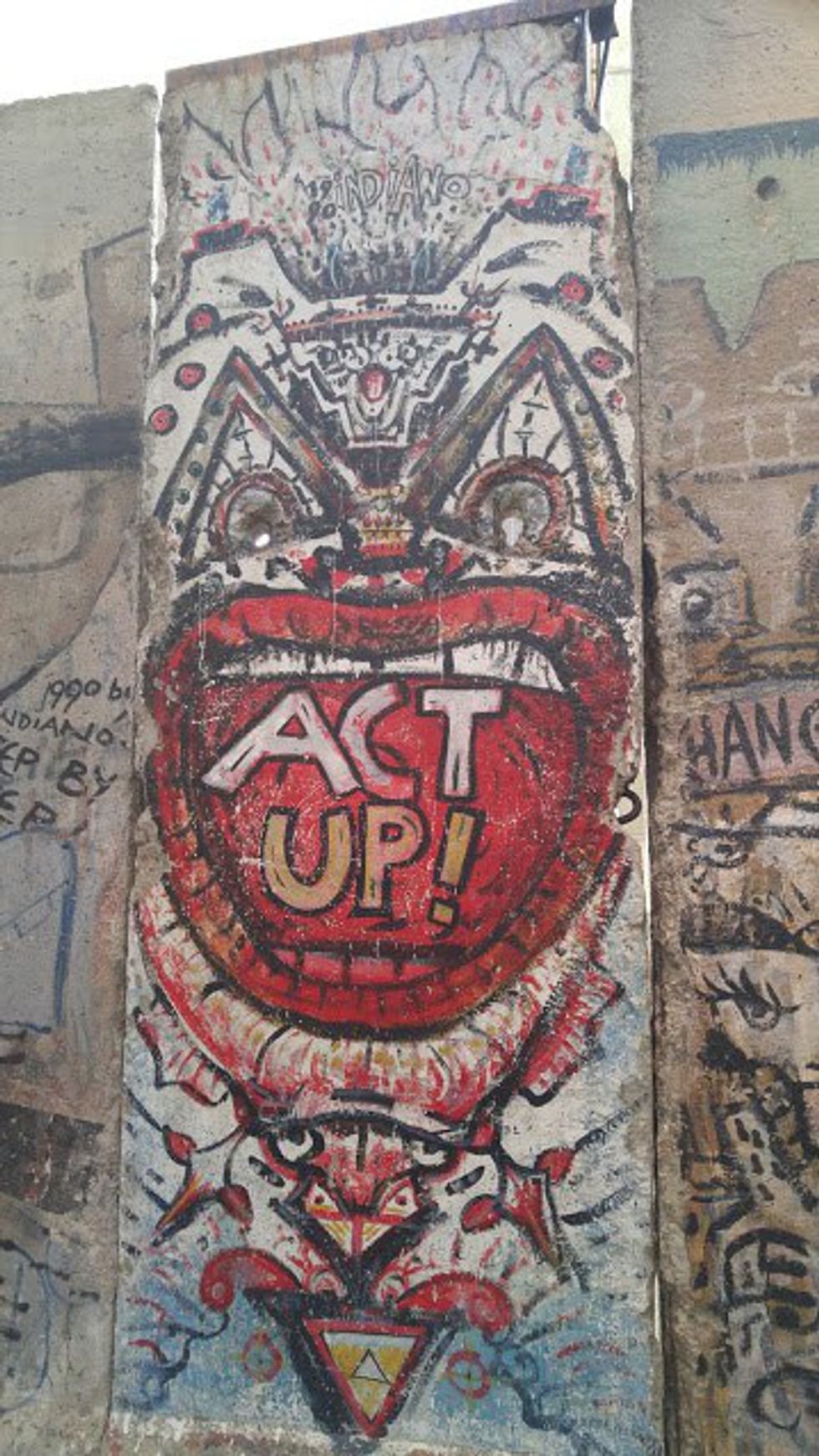Washington DC is an experience like no other for any person. National history, towering stone monuments, and stunningly detailed architecture; you can almost forget that one of the most hated classes of people works there: politicians. But for me, DC is a city filled with not only enthralling history, but it is also a district brimming with news stories and journalistic fascinations.
Besides being within walking distance of the President, Congress, the Supreme Court, and any diplomat who happens to be in earshot, there is a building dedicated to the "first draft of history," as one of the prominently displayed quotes in the building says: the Newseum. I know, it's the most interesting and original name in the history of the Smithsonian Institute, but the building itself, as well as the scores of information hidden inside is enough to make any news junkie' heart rate increase. And I am not only a news junkie, but a history nerd as well. Needless to say, I could spend the rest of my life in that museum.
I only got a few hours to cram as much information through my eyes as I possibly could, and I got through perhaps half of the building. This was probably because I was doing my best to take in, not even every word, but every letter, and the meaning behind that letter, all the history and information that went into that splotch of print, or that illuminated piece of plastic.
I want to focus on one particular room, in which I spend the better part of two hours. This dimly lit, sprawling room featured a long row of glass cases with sliding glass cases under them down the center of the room displaying news books, pamphlet and newspapers dating from the 1400s to 2015. The earliest ones were written in German, because that was where the printing press was invented, but even without understanding the meaning, I was still taken aback realizing that these were the catalysts for the information driven world we live in today. Back in the early days of print, a person could not even get a collection of news. Information, or news, was spread through news books, a small booklet printed about one subject. That just blows my mind. We can now fit an enitire world of information in our pocket and can access it in less than a second.
The papers went along the line in various languages and looping back around, racing towards the present.
Along the perimeter of the room were various displays of specific aspects of journalism, detailing differences in these themes between time periods. Rounding the end of the room and getting ready to head back up the row of historical papers, I found a display on war journalism. I went right up to the glass and allowed my eyes to soak up everything that was set up in beyond the barrier, standing between my life now and the life I wanted, the glass paralleling my lack of experience and insecurities. The words emphasized the danger involved in the job, but also the importance of it- the impact that journalists can have on society and, eventually, history. I want to be writing that first draft of history, documenting extremes of the crazy world we live in, the best and the worst humans have to offer.
Walking through the primary sources of history books imparted to me the gravity of the journalist's duty, and the risk involved in informing people, modern and future. But just under the surface of that fear was raw ambition, motivation and excitement.
I may have had a spiritual experience at the Newseum, but I would absolutely suggest it to anyone who has even the slightest interest is seeing history as it's happening. That's what journalism does: it documents the present.
The Newseum doesn't just hold old papers in light way too low to read anything, but it also features parts of the Berlin Wall, pieces of the World Trade Center and cars that once held car bombs. It's like an aggregated history of Freedom of Speech around the world.




















